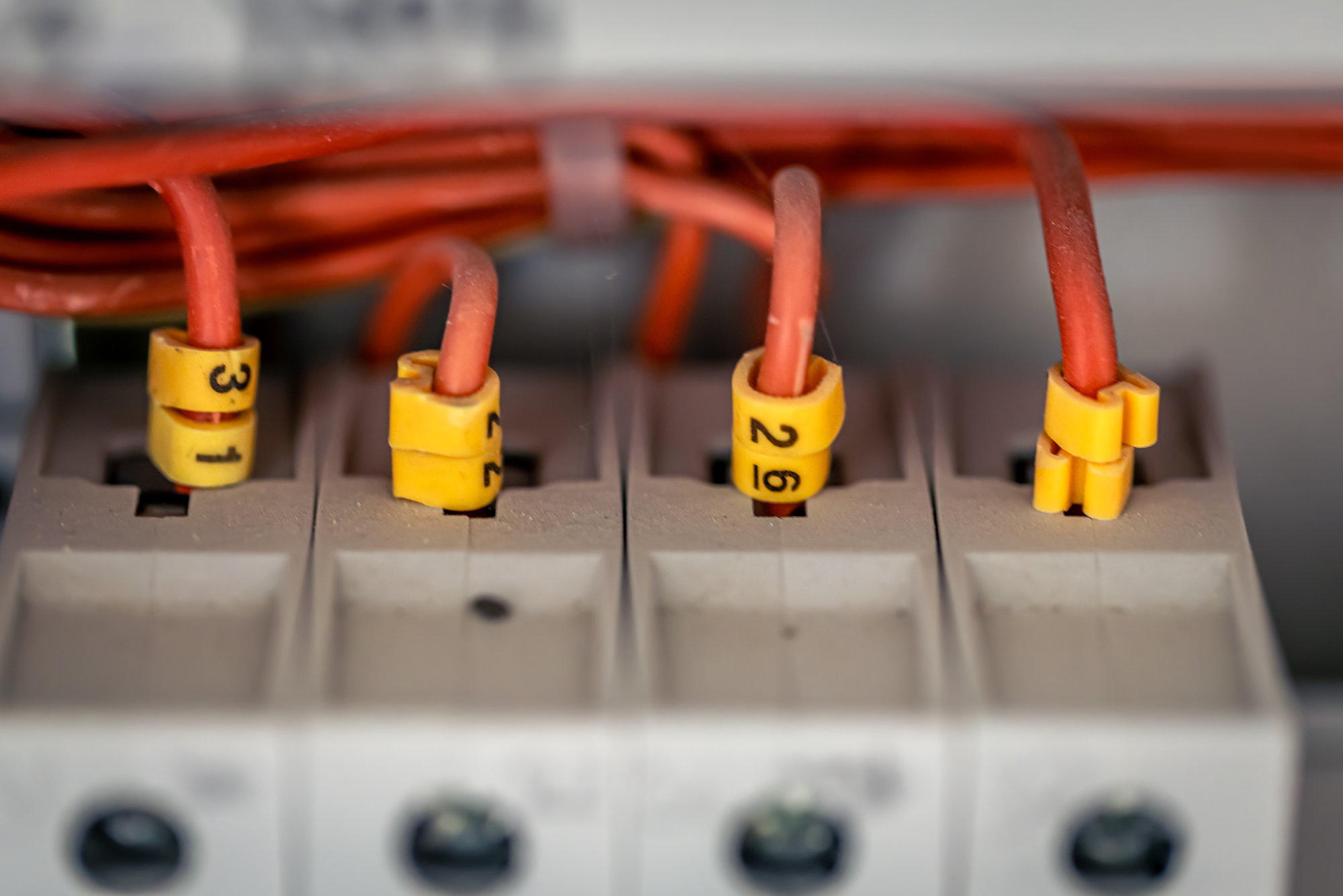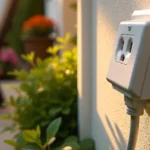When it comes to safeguarding your valuable electronics, a surge protector is a device you simply can’t overlook. Many people confuse surge protectors with simple power strips, but these two serve entirely different purposes. Understanding what a surge protector does, how it works, and why it’s crucial for your home or office can help you avoid costly damage to your electronic devices.
What Is a Surge Protector?
A surge protector is a device designed to protect electronic devices from sudden spikes in voltage, known as power surges. These power surges can occur for various reasons, such as lightning strikes, power outages, or fluctuations in the electrical power grid.
When a power surge occurs, the voltage supplied to your devices exceeds the normal levels. This excess energy can cause severe damage to sensitive electronic equipment, such as computers, televisions, and kitchen appliances. A surge protector acts as a barrier, diverting the extra voltage away from your devices and keeping them safe.
How Does a Surge Protector Work?
Surge protectors work by monitoring the voltage flowing through your electrical system. When they detect a spike in voltage, they immediately divert the excess energy to the ground, preventing it from reaching your plugged-in devices.
Most surge protectors use components called Metal Oxide Varistors (MOVs) to absorb and redirect the surge energy. The effectiveness of a surge protector is often measured by its joule rating, which indicates how much energy it can absorb before failing. The higher the joule rating, the better the protection.
Why You Need a Surge Protector
Power surges are more common than many people realize. They can be caused by external factors like lightning strikes and internal factors such as sudden power demands from large appliances.
Without surge protection, these surges can damage or completely destroy your electronic devices. Investing in a surge protector can save you from costly repairs or replacements and ensure that your valuable electronics remain safe.
Difference Between a Power Strip and a Surge Protector
It’s essential to understand the difference between a power strip and a surge protector. While both allow you to plug multiple devices into a single wall outlet, only surge protectors offer protection against voltage spikes.
A power strip merely provides additional outlets for your devices but does not protect them from power surges. On the other hand, a surge protector includes built-in surge suppression technology to safeguard your devices.
Choosing the Best Surge Protector
When selecting a surge protector, consider the following factors:
- Joule Rating: Look for a surge protector with a high joule rating for better protection. The higher the joule rating, the more energy the surge protector can absorb.
- Number of Outlets: Ensure that the surge protector has enough outlets to accommodate all your devices.
- Indicator Lights: Modern surge protectors often come with indicator lights that show whether the protection is still active.
- Type of Devices: Choose a surge protector based on the type of devices you want to protect. For instance, a surge protector for your computer may have different features compared to one for household appliances.
When to Replace a Surge Protector
Surge protectors don’t last forever. Over time, their ability to absorb power surges diminishes. It’s recommended to replace surge protectors every two to three years or after a significant power surge event.
Signs that it’s time to replace your surge protector include:
- Indicator lights no longer work.
- Visible damage to the unit.
- The surge protector fails to power your devices.
Preventing Internal Power Surges
While surge protectors are essential for guarding against external surges, you can also take steps to prevent internal power surges:
- Avoid overloading circuits by spreading out your devices across different outlets.
- Turn off and unplug appliances during thunderstorms.
- Regularly maintain and inspect your electrical system to ensure it’s in good condition.
Frequently Asked Questions (FAQs)
What Is a Power Surge?
A power surge occurs when the voltage in an electrical system rises above the normal level, often due to lightning strikes, power outages, or sudden changes in power demand.
How Can I Tell If My Surge Protector Is Still Working?
Many modern surge protectors have indicator lights that show whether they are still providing protection. If the light goes out, it may be time to replace the unit.
Do I Really Need a Surge Protector for My Home Appliances?
Yes, especially for sensitive electronic devices like computers, televisions, and kitchen appliances. A surge protector can help protect these devices from power surges that may cause damage.
What Is a Joule Rating?
The joule rating indicates how much energy a surge protector can absorb before it fails. Higher joule ratings provide better protection.
Can a Power Strip Act as a Surge Protector?
No, a power strip merely provides additional outlets but does not protect your devices from voltage spikes.
Conclusion
Surge protectors are an essential investment for anyone who wants to safeguard their electronic devices from power surges. By understanding how they work and selecting the right one for your needs, you can ensure optimal protection for your valuable equipment.
Ready to protect your electronics from power surges? Super Fast Electric offers expert advice and high-quality surge protectors to keep your devices safe. Contact us today to learn more!




